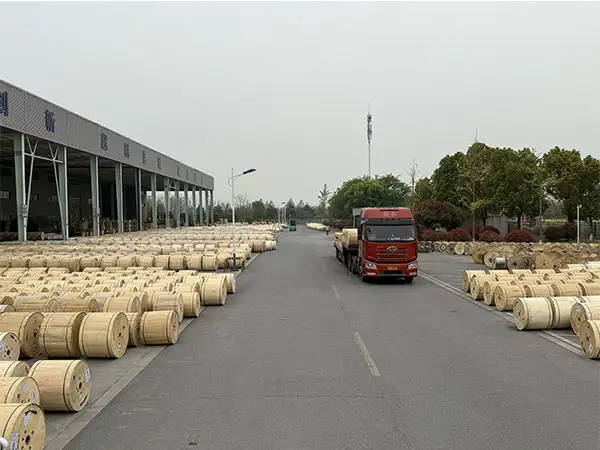Implementing an FTTH (Fiber to the Home) project in Ecuador could be a significant endeavor with the potential to greatly improve internet connectivity and access to high-speed broadband services for residents and businesses across the country. Here's a general outline of what such a project might involve:

1. Planning and Assessment: The first step would be to conduct a comprehensive assessment of the current telecommunications infrastructure in Ecuador, including existing fiber optic networks, population density, geographical challenges, and areas with limited or no access to high-speed internet.
2. Regulatory Compliance: Ensure compliance with all relevant regulatory requirements and obtain necessary permits and approvals from government authorities for the deployment of fiber optic infrastructure.
3. Network Design: Develop a detailed network design plan that outlines the routes for laying fiber optic cables, placement of distribution points, and architecture for connecting individual homes and businesses to the fiber network.
4. Fiber Optic Cable Deployment: Procure high-quality fiber optic cables suitable for outdoor deployment and begin the process of laying cables along the planned routes. This would involve trenching, aerial installation, or other appropriate methods based on the local terrain and infrastructure.
5. Installation of Distribution Points: Install distribution points, such as fiber distribution hubs or cabinets, at strategic locations to facilitate the branching out of the fiber network and connection to individual premises.
6. Last Mile Connectivity: Implement the "last mile" connectivity phase, which involves extending fiber optic connections from distribution points to individual homes and businesses using FTTH drop cables. This may require collaboration with property owners for access permissions and coordination with local utilities for safe installation.
7. Testing and Quality Assurance: Conduct rigorous testing of the fiber optic network infrastructure to ensure reliability, performance, and adherence to industry standards. This includes optical loss testing, signal quality analysis, and network integration testing.
8. Service Activation and Customer Onboarding: Once the fiber optic network is fully deployed and tested, begin offering high-speed internet services to customers in the targeted areas. This involves marketing, customer education, and onboarding processes to encourage adoption of the new fiber optic services.
9. Maintenance and Support: Establish ongoing maintenance and support procedures to ensure the continued operation and reliability of the FTTH network. This includes regular inspections, troubleshooting, and prompt response to customer inquiries or service issues.
10. Monitoring and Expansion: Implement monitoring tools and processes to track the performance and utilization of the FTTH network over time. Based on demand and growth projections, consider expanding the network to reach additional areas or upgrade existing infrastructure to meet evolving technology standards.

A lo largo de cada fase del proyecto, la colaboración con las partes interesadas locales, incluidas agencias gubernamentales, compañías de telecomunicaciones, organizaciones comunitarias y residentes, es esencial para la implementación y adopción exitosa de la tecnología FTTH en Ecuador.





